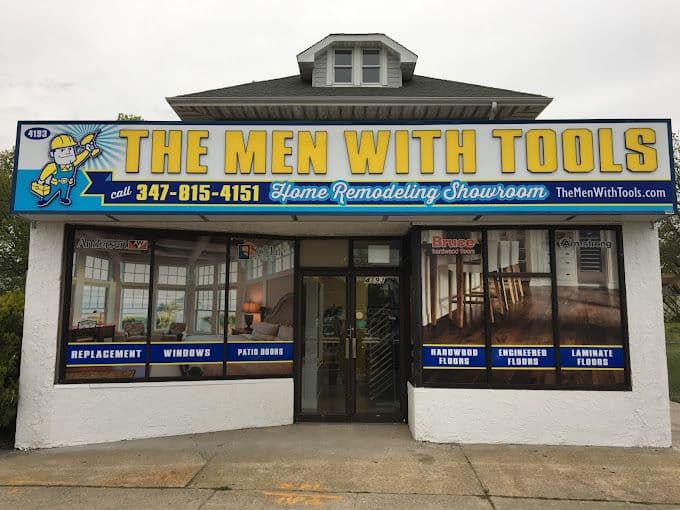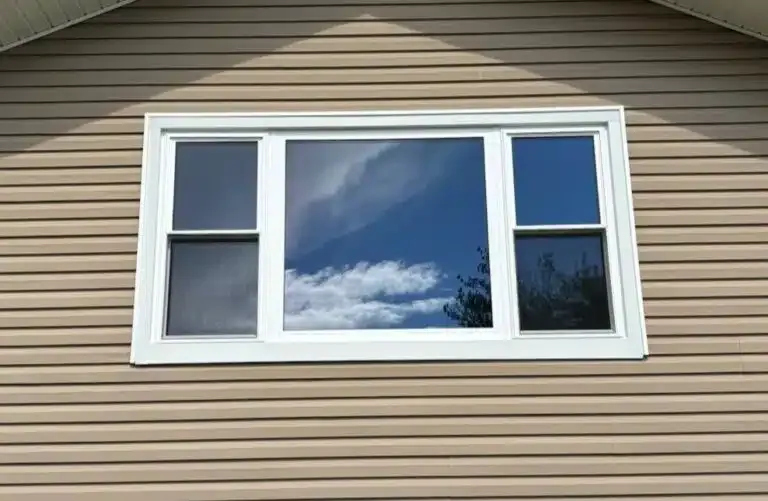The Under-The-Radar Window Efficiency Rating Crucial To Your Energy Bills

U-Factor Gets All The Hype. But A Window’s Air Leakage Rating Is Just As Important To Your Energy Costs.
BY JOHN KOLBASKA, OWNER
If you’ve done any sort of research on replacement windows in Staten Island and New Jersey, you’ve probably seen the term “U-Factor” plastered on different window companies’ websites
U-Factor measures how well a window resists heat loss. The better the U-Factor, the better the window keeps precious heat energy in your home during the cold months.
U-Factor is just one of several energy ratings for windows, but it’s the one that window companies tout the most. And with good reason: U-Factor—especially in a four-seasons climate like ours—is an ultra-important energy rating to consider.
But it’s not the ONLY energy rating you should consider. Not by a long shot.
In fact, there’s an energy rating that’s just as mission-critical as U-Factor but doesn’t get nearly the hype: Air Leakage.
Air Leakage (also called Air Infiltration) measures how many cubic feet of air passes through a window in 60 seconds. In other words, Air Leakage measures how drafty your windows are. The lower the Air Leakage rating, the more airtight the window is.

Drafts are why homeowners use “window insulation kits” to plastic-wrap their windows in winter like Thanksgiving leftovers. Drafty windows can also account for 10-20% of your energy costs and just plain make you uncomfortable in the cold months.
Even if your windows have the best U-Factor in Staten Island and New Jersey, you’re still going to experience huge energy loss if the Air Leakage rating isn’t up to snuff.
Window Air Leakage Standards—What You Need To Know
Air Leakage is rated on a scale between 0.00 to 1.00. The lower the Air Leakage rating, the better the window blocks drafts. (Truth be told, anything above 0.30 is junk and doesn’t meet ENERGY STAR requirements!)
Here’s a breakdown of Air Leakage standards and terminology…

Cubic Feet Per Minute (CFM)
Cubic feet per minute (CFM) is used to measure Air Leakage in a window. One cubic foot is equivalent to 13.5 bricks being taken out of a wall in your home per window.

Your Old Window
Most older windows have some serious air-leakage issues. Typically, they have about a 0.50 Air Leakage rating, which is equal to 6.75 bricks removed from a wall per window.

The Industry Standard
The American Society for Testing and Materials creates an international standard for air infiltration ratings. According to them, windows should be a 0.30 Air Leakage rating (the equivalent of 4.05 bricks per window) or less.
ThermaLast Air Leakage Vs. Competitors
I’m always looking for ways to help my customers save money. So a few years ago, I partnered with the top vinyl-window manufacturer to create the most airtight window in the industry. It’s called the ThermaLast Window, and you can read the story of how it was created here.
An Air Leakage rating of 0.1 is considered excellent—the gold standard of the industry. Our ThermaLast Casement Windows have an Air Leakage rating of 0.01—10X BETTER than the industry gold standard and 30X greater than ENERGY STAR requirements.
While a 0.1 Air Leakage rating is like removing an entire brick from your wall, a 0.01 Air Leakage rating is the equivalent of poking a hole in your wall with a small drill bit. In other words, it’s virtually airproof.
Here’s a look at how our ThermaLast Window’s Air Leakage rating compares to the most popular replacement windows in Staten Island and New Jersey (double-hung windows used for comparison)(ThermaLast double hung has a .02 Air Leakage rating)…
ThermaLast Windows Vs. Pella 250 Series
(Sold by Pella and Lowes)

Pella’s double-hung 250 Series windows have a 0.30 air infiltration rating. That’s the minimum of what’s considered “good,” and it’s the same as removing 4.05 bricks from a wall per window.
ThermaLast Windows Vs. Renewal By Andersen

Renewal By Andersen windows have an Air Leakage rating around 0.20. That’s pretty good, but it’s still the equivalent of removing 2.70 bricks from a wall per window.
ThermaLast Windows Vs. Simonton 5500
(Sold by Home Depot)

The Simonton 5500 replacement window has an Air Leakage rating of 0.17 (2.30 bricks missing per window). While that’s verging on really good, it’s still a far cry from the ThermaLast’s 0.01, “drill bit-sized” Air Leakage rating.
Crunching The Numbers
Let’s say your average monthly energy bill Is $200. That works out to $2,400 per year.
If you replace your old, drafty windows with ThermaLast Windows, there’s an excellent chance you’re going to save upwards of 20% on your utility costs. That means you keep $480 in your pocket PER YEAR. Not to mention you make your home more comfortable and won’t have to “Thanksgiving wrap” your windows in the winter.
Now, add up that $480 over the course of 5, 10, and 15 years. Five years from now, you’ll have saved $2,400. At 10 years, you’ll have saved $4,800. At 15 years, you’re looking at $7,200 in savings! (Note: These are estimates only. Actual savings will vary for everyone.)
Can you make your home more airproof with the windows in the comparison above? Sure. But even what’s considered the “gold standard” of Air Leakage ratings (0.1) is still 10X LESS airtight than the ThermaLast Window. You simply won’t save anywhere near as much with any other replacement window in Staten Island or New Jersey. Period.
So when you’re shopping for replacement windows, absolutely take U-Factor into account—it’s one of THE most important energy ratings. But don’t overlook the Air Leakage rating. Because when you have a window that transfers little to no heat (U-Factor) AND keeps drafts out (Air Leakage), you maximize your home’s energy efficiency and your savings.
No plastic wrap necessary.
Biggest Sale of The Year!

Buy 2 Windows
Get 1 FREE!
*Discount Valid for Thermalast 1000 Windows Only.
Related Articles
When it comes to home improvement, few projects have as much impact on both aesthetics and energy efficiency as window replacement...
This customer in Chatham, New Jersey purchased brand new replacement windows to replace the 15-year-old builder grade windows in her home...
If you need new windows for your home in Livingston, New Jersey, you may be tempted to find the company that offers the lowest prices...
Replacing your home windows is among the best ways to improve the curb appeal and energy efficiency of your home in Cranford, New Jersey...
Visit Us







